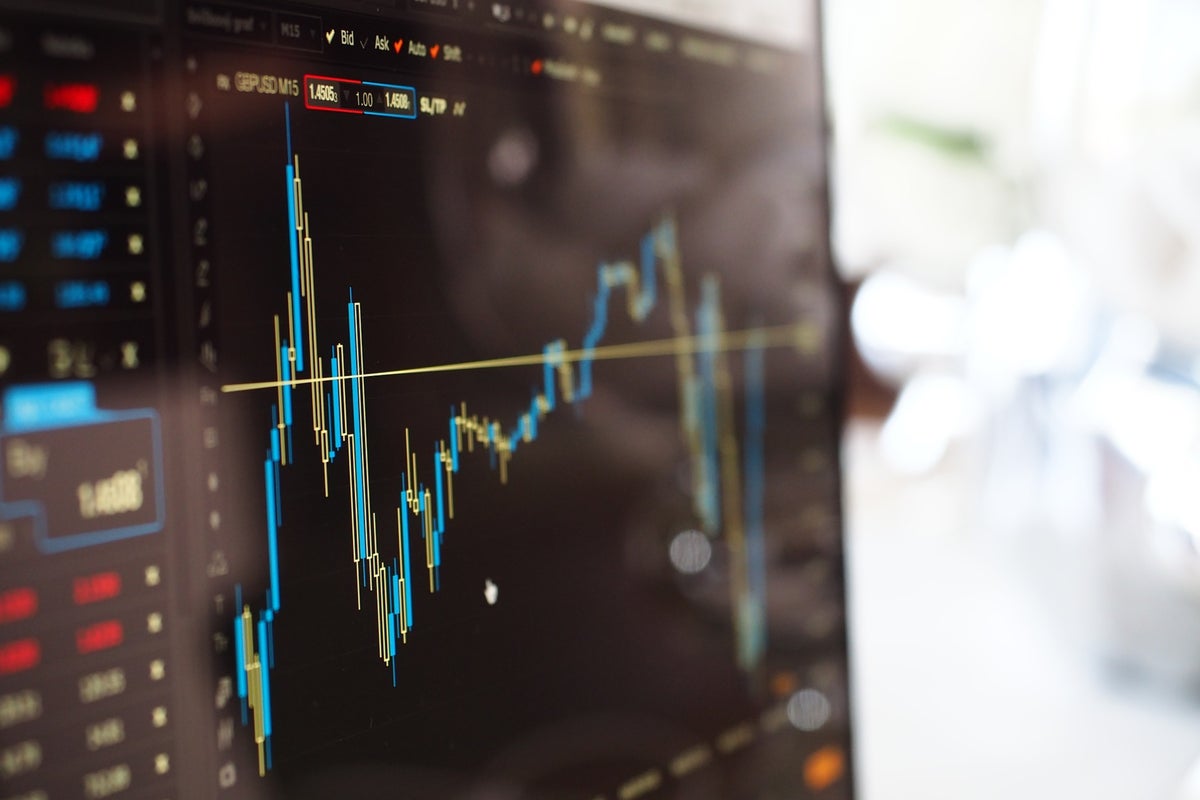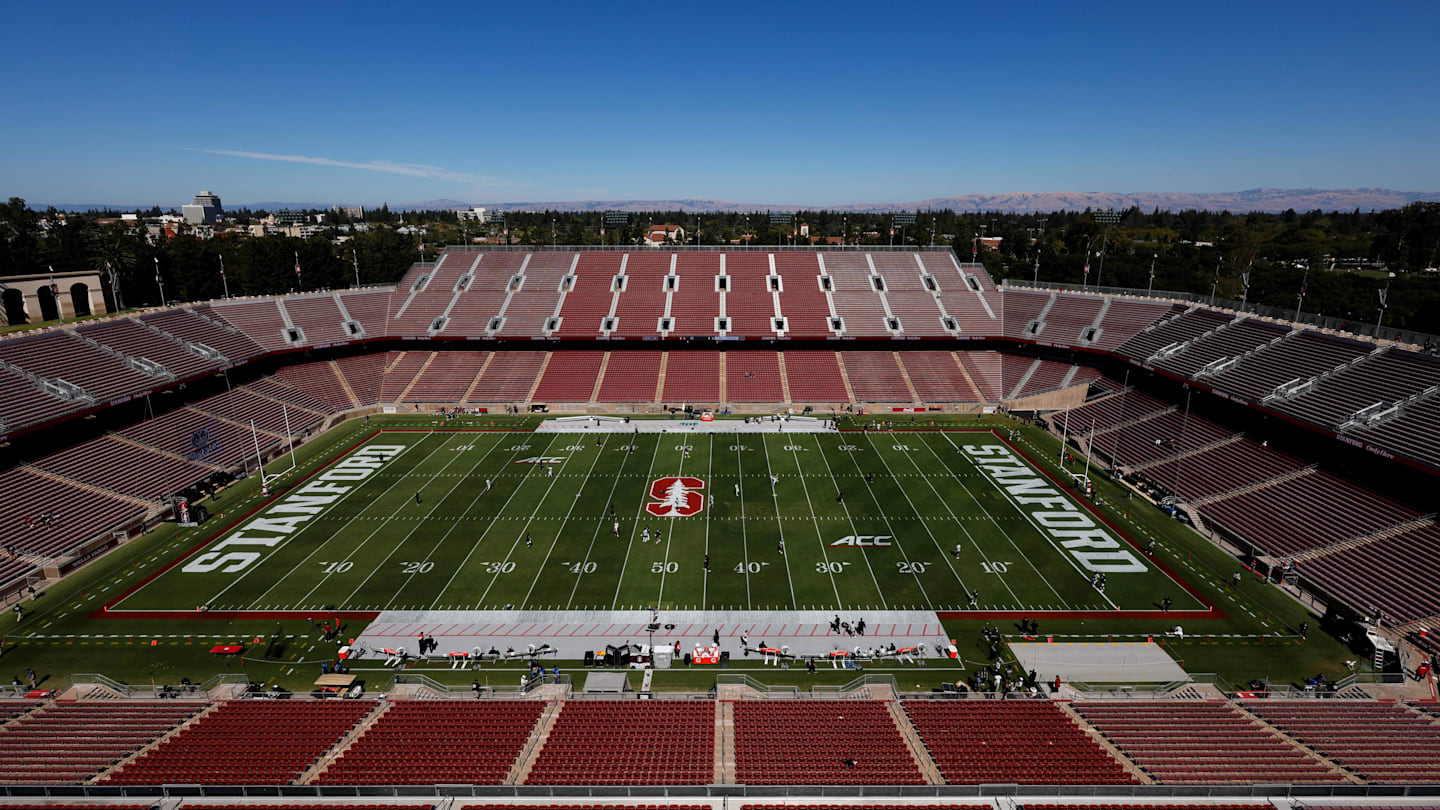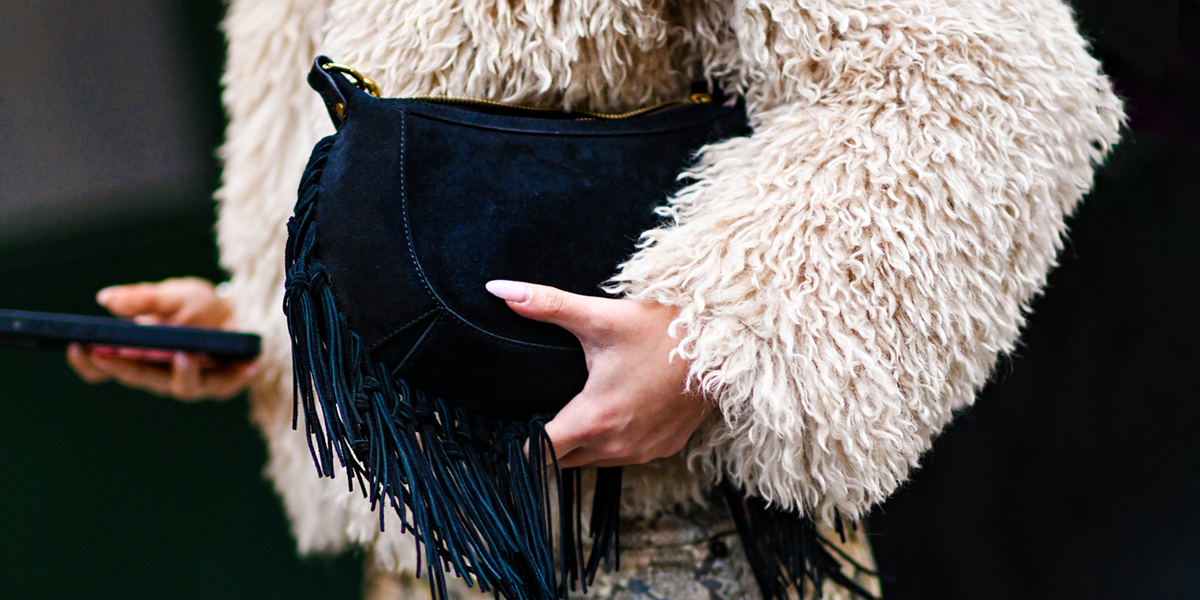World
Mystery of Maradona’s 1986 World Cup Golden Ball is solved, but controversy remains

Diego Maradona’s Golden Ball award from the 1986 World Cup is headed to auction in France next month, but like almost everything associated with the Argentine great, it will do so surrounded in controversy.
The trophy, given to the tournament’s best player, had been missing for decades prior to its public reappearance this month. In the interceding years, wild theories have developed about its whereabouts and why it wasn’t in the possession of Maradona, who died in 2020 at the age of 60.
Some have said Maradona had lost it in a poker game. Others have pointed to his well known substance abuse issues and have suggested it was given to the mafia to pay off a drug-related debt. Still others have said the trophy was stolen from a safe deposit box at a bank in Naples during Maradona’s glory days with Italian side SSC Napoli, melted down and formed into gold ingots.
“Maybe it was a robbery, maybe it wasn’t,” says Francois Hardy, a sports expert at Aguttes, the auction house handling the sale. “We can’t prove it. But we all know the life of Diego Maradona, and it was a very particular one. Maybe he lost it in a poker game, maybe it was the mafia, maybe it’s just something he forgot in Paris — but this is the 1980s and Maradona. You can’t rule anything out at all.”
The story of the trophy’s reappearance is almost more bizarre than the mythology surrounding its disappearance.
Franco-Algerian art collector “Abdelhamid B” purchased the trophy along with a handful of other items in a pair of boxes for “a few hundred euros” at an auction in 2016, the collector told French sports newspaper L’Equipe. Abdelhamid, say those associated with Aguttes, didn’t think anything of the award — he thought it was just a handball trophy. Which is particularly funny given how Maradona famously used the “Hand of God” to help Argentina win the ‘86 World Cup.
“In those two boxes, there were two contemporary art busts,” said Hardy. “That’s the only reason he bought the box of trophies.”
The trophy will likely fetch millions when it’s auctioned off on June 6. If Maradona’s heirs have anything to say about it, though, the sale won’t happen at all. They’ve teamed with a French law firm to file an injunction to prevent the sale from moving forward.
“If the owner of an object can claim ownership under French law, it is on the obvious condition that his or her good faith cannot be called into question,” the Paradox Lawyers firm, who represent Maradona’s family, said in a statement to the Associated Press. “This cannot be the case for the owner of a trophy that was famously stolen from Diego Maradona and whose heirs can legally claim ownership. It doesn’t appear that the seller contacted Diego, which wasn’t that complicated.”
The seller, along with Aguttes, believe that they are protected by a French law that says as long as someone demonstrates to have made a “good faith” effort to contact the item’s suspected owner and verify that it hasn’t been reported as stolen property, they are entitled to ownership. Aguttes did their own homework on the item over a period of nine months, photo-matching it and working with jewelry experts to authenticate the trophy, which is missing its original nameplate. They debunked the gold ingots story relatively easily — the trophy is made from an alloy and contains very little gold to begin with.
A comparison of the trophy going to auction with photos of it in Maradona’s possession at the November 13, 1986 ceremony in Paris. (Aguttes)
“When the owner of the Golden Ball came to us, we did a lot of research,” added Hardy. “We think our seller is in good faith. And there are a lot of other stories, like the one where the mafia melts the trophy down to make gold, we know the trophy is not in gold, so that’s obviously unbelievable. We have some biographies of Maradona where he didn’t speak about (the trophy being stolen, or lost.) On our side we did the necessary checks with ArtLoss and Interpol, we called the police and I don’t know what more we can say than that.”
Hardy says that the seller did indeed make a good faith effort to contact Maradona’s family when he realized what he had, in 2018. “But it’s difficult to contact Maradona’s family when you are just a random somebody in France,” he said.
Maradona’s brother Lalo, who played alongside Diego at various points in his career, told The Athletic that he feels the family has a legitimate claim to the trophy.
“I don’t know what happened (to the trophy),” said Lalo Maradona. “But if it’s an award my brother won, they have to return it to the family. It’s obvious. Forget about it.”
Maradona’s Golden Ball wasn’t the only trophy in the lot purchased by Abdelhamid at auction in 2016. There was also a Golden Boot given to Dutch legend Marco Van Basten, Europe’s top scorer in 1985-86. The presence of that award — and the circumstances surrounding its disappearance — lend credence to another theory surrounding Maradona’s Golden Ball: he may have simply lost it.
Van Basten was given the boot at the very same Lido Cabaret ceremony in Paris where Maradona received his Golden Ball. Aguttes managed to contact Van Basten, says Hardy, who told the auction house that he accidentally left the award behind.
“So perhaps it was the same for Maradona,” said Hardy. “When the seller bought the trophy (in 2016) he bought it at Drouot (auction house), which is two kilometers away from the Lido. And both trophies, for them to be two kilometers apart for 30 years, maybe they were both forgotten.”

The 1986 World Cup Golden Ball award after resurfacing 38 years later. (Aguttes)
Although Maradona is universally considered one of soccer’s all-time greats, his accomplishments on the field — the World Cup title, multiple Italian league championships and a laundry list of individual honors — are often overshadowed by his life off of it. During his time at Napoli, when he won the Golden Ball in question, Maradona had formed an addiction to cocaine and was frequently photographed with high-ranking mafia members. His addiction would end his tenure at Napoli and earn him multiple bans from global football.
His performance at the 1986 World Cup is widely considered to be the greatest single-tournament performance in the history of the competition, though. The match against England in the semifinals that year not only included the “Hand of God” goal, but minutes later he also scored what many consider the greatest goal in World Cup history, slaloming through the entire English defense before scoring the eventual match-winner.
The shirt Maradona wore during that match against England sold for $8.93 million in May 2022, at the time an all-time record amount for a match-worn uniform in any sport (a Micheal Jordan jersey fetched more than $10 million later that year). Maradona’s shirt sold for nearly double the amount paid for a Babe Ruth jersey from the late ‘20s, the previous record holder.
That auction also caused a bit of controversy. The shirt belonged to ex-England midfielder Steve Hodge, who’d approached Maradona in the tunnel after the match to swap shirts. Sotheby’s, the auction house that sold the shirt, did extensive work to authenticate the jersey and even Maradona himself backed up Hodge’s account in his memoir, the aptly-named “Hand of God.” None of this, though, kept Dalma Maradona — Diego’s eldest daughter — from questioning whether the shirt Hodge had was truly what he claimed it was.
“I don’t think it’s the correct shirt,” Dalma Maradona told an Argentine radio station. “Actually, it’s not the shirt my father scored those goals in, I want to leave that clear. I know who has the shirt — I don’t want to say who it is because that would be crazy.”
Dalma Maradona went on to claim that she’d talked to her father about the shirt before his passing in 2020 and that Maradona himself had often joked about it, sometimes saying “That guy (Hodge) thinks he has the shirt. How am I going to give the shirt from the game of my life to someone?”
Maradona’s ex-wife, Claudia Villafana, backed Dalma Maradona’s account as well, suggesting that Maradona had changed shirts at halftime and that the jersey Hodge had was the one the Argentine had worn in the first half, not the one he wore when he scored those two iconic goals.
In the end, Sotheby’s authentication of the shirt and its solid provenance overwhelmed any of the family’s claims. As of now, the auction for the Golden Ball appears headed in that same direction.
(Top photo: PASCAL GEORGE/AFP via Getty Images)










